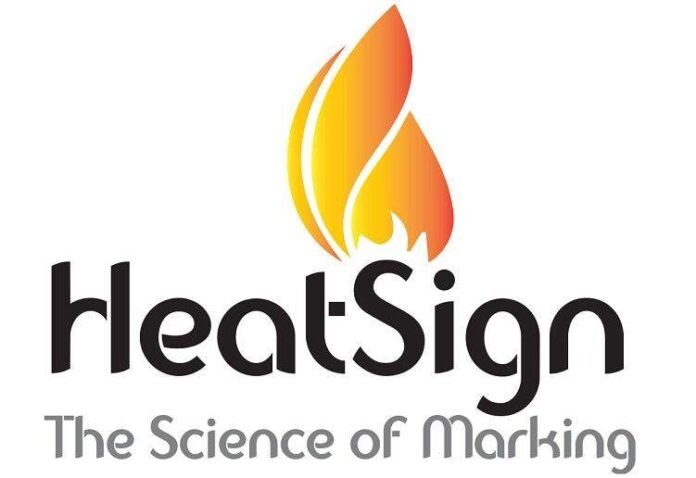Materials for Laser Cutting
Laser cutting can cut many materials in 2025. The most used materials are steel, aluminum, brass, acrylic, plywood, MDF, cardboard, foam, leather, and textiles. Each material has its own good points for different jobs. Steel is strong and gives smooth edges. Acrylic is clear and makes nice cuts for signs. The table below lists some materials and their main features:
| Material | Advantages and Considerations |
|---|---|
| Steel | Strong, accurate cuts, little waste |
| Acrylic | Clear edges, see-through, needs air flow |
| Plywood | Cuts fast, needs good air flow |
| Leather | Bends easily, neat cuts, keeps shape |
| Foam | Quick to cut, uses low power, needs air flow |
Some materials are not safe for laser cutting. These are PVC, epoxy, ABS, and carbon fibers. They make harmful gases or can break the machine. Operators should not use these to keep laser cutting safe.
Industry Use Cases
Laser cutting is used in many fields. Factories cut steel parts for cars and machines. Electronics companies cut small circuit boards. Furniture makers cut metal and wood for special shapes. Jewelry makers use laser cutting for gold and silver designs.
Design and Safety Tips
Good design helps laser cutting work better. Designers should match the design to how thick the material is. They can use nesting software to save material. Putting pierce points and entry paths in the right place makes better cuts. Operators must follow safety rules. They should use air flow, wear safety gear, and check machines often. New machines, like HeatSign’s, have safety covers and shut off by themselves. Laser cutting is better for the environment because it uses less energy, makes less waste, and does not use bad chemicals. Fiber lasers help make laser cutting even greener.
